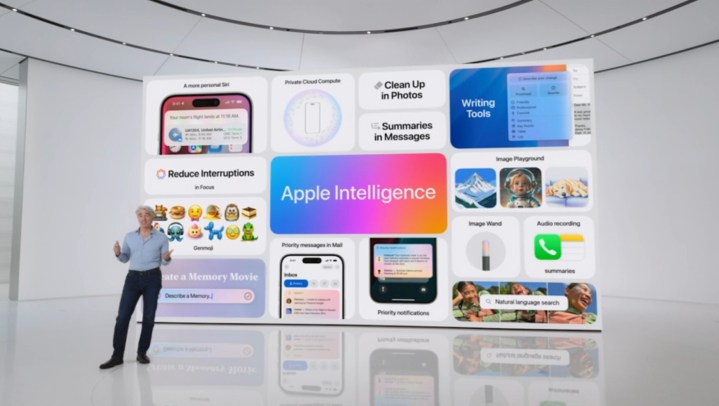
If Apple products from the last decade are known for anything, it’s for being incredibly thin and light. Now, almost five years to the day since former head designer Jony Ive left Apple, his obsession for weightlessness looks set to come roaring back at the company that once employed him.
That’s according to Bloomberg reporter Mark Gurman, and there are a few reasons to believe he might be onto something.
Thinner MacBooks are coming
It’s an interesting turn of events. Ever since Jony Ive left, Apple has seemingly given up on the thin-at-all-costs approach to its devices. This about-face has had a notable impact on the MacBook, where greater leeway has allowed for more port variety and extra thermal headroom, which in turn has resulted in more capable and more versatile Apple computers.
Now, though, it seems Apple could be returning to its old ways. Gurman believes that Apple is on a mission to make the MacBook Pro, the iPhone, and the Apple Watch as thin as possible, and it’s a goal inspired by the genre-defining thinness of the new iPad Pro.
“The plan is for the latest iPad Pro to be the beginning of a new class of Apple devices that should be the thinnest and lightest products in their categories across the whole tech industry,” Gurman explains. “I’m told that Apple is now focused on developing a significantly skinnier phone in time for the iPhone 17 line in 2025. It’s also working to make the MacBook Pro and Apple Watch thinner.”
On the surface, this feels like a major change from the approach we’ve seen Apple take over the last couple of years. Ever since Ive left the company, its designers seem to have been given more freedom to bulk out their devices just a touch. In return, this has allowed Apple to outfit its products with extra ports and more thermal headroom — things that just weren’t feasible when the focus was on stripping out anything deemed unnecessary in the pursuit of slim and svelte.
Yet there have been rumblings that Apple is still trying to return to the days where a thin design was a peak priority for its devices. The Information, for instance, believes that the iPhone 17 could be a completely new type of iPhone, with a much thinner profile being one of its headline features. That timing lines up with Gurman’s report, making it hard to dismiss out of hand.
Returning to old ways

Ultimately, this change in Apple’s attitude might not be as momentous as you’d think. In reality, Apple has probably always wanted to continue to thin down its devices — it just knew it had to take a step back after Ive left and his demanding presence was no longer felt. The desire for minimalistic products stretches all the way back to the founding days of the company and the leadership of Steve Jobs. It’s in the company’s DNA, in other words, and it was always likely Apple would return to this goal as soon as it became viable again.
If Apple’s goal is to shrink down its Macs, iPhones, and Apple Watches, that might be an indication that tandem OLED tech is coming to these devices too. After all, it would be a way to not only cut out bulk but actually improve the quality of the product with a top-tier OLED screen at the same time. The days of thin and light requiring painful sacrifices could be behind us.
There’s another hint pointing toward this outcome in Gurman’s report. The journalist says Apple plans a thinner MacBook Pro, but no mention is made of the MacBook Air, which you’d think would be the most likely candidate for a slimline makeover. But if the tandem OLED is going to be the gateway to this overhaul, that’s something that will likely be a MacBook Pro exclusive because of its high price, at least at first. So, if Apple is planning to cut down the MacBook Pro but not the MacBook Air, that might be an indication that a costly tandem OLED is the way it plans on doing that.
The AI era

Combined with the class-leading power and efficiency of Apple silicon chips, we could see a new age of Apple devices that not only boast knockout performance but do so while taking up a fraction of the physical bulk of their competitors. How’s that for a tempting proposition?
It’s a situation that is likely to become all the more important as we move into the artificial intelligence (AI) era. With Apple Intelligence on the horizon and Apple insisting on performing most of its AI tasks on-device, you’re going to need a lot of performance packed into your Apple products. If Apple can do that while offering its thinnest-ever devices, it will be a major coup for the company.
That means the next few years could be make or break for Apple Intelligence. There’s no way Apple will want to forfeit either Apple Intelligence performance of the slimness of its devices — it wants both at the same time. Tandem OLED might be one way to achieve that. As its rivals ramp up their own AI efforts, the stakes could not be higher.
Editors’ Recommendations

